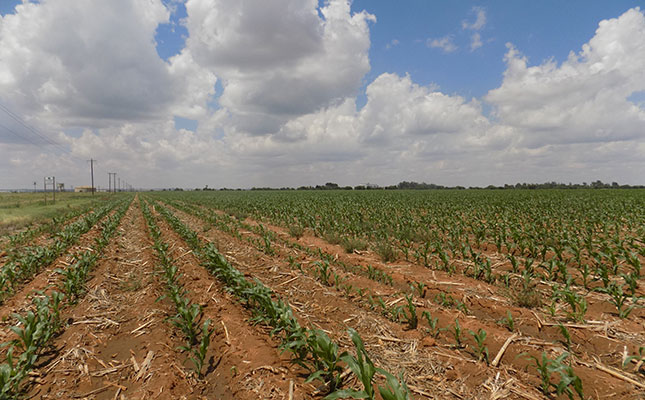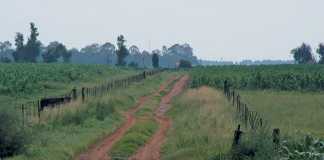
Photo: Annelie Coleman
Grain and oilseed plantings in the summer grain production region of South Africa is well underway after the good rainfall that occurred in November and December.
According to Petru Fourie, Grain SA economist, the planting season started two to four weeks earlier than usual.
At the time of publishing, grain planting in the eastern parts of the summer grain production area had for all intents and purposes been completed, while in large parts of the western region planting had also been completed.
She said in a statement that about 15% of the hectares earmarked for maize, and between 20% and 25% of the soya bean area in North West, had been planted by the beginning of December. At the time, only 5% of the hectares earmarked for sunflower had been planted.
In the western Free State, some 50% of the maize plantings had been completed, as well as 80% of the hectares earmarked for soya bean.
Planting was also well underway in the eastern Free State, although producers in some districts had found it impossible to access their grain lands as a result of the wet conditions due to the heavy rainfall.
“About 70% of the maize hectares have been planted, while the soya bean planting process was by and large completed in the western Free State, as well as the eastern Free State.
“In some districts, producers had to delay planting somewhat because of the extremely wet conditions, which made it impossible to access the lands,” Fourie added.
Anton Botha, a maize producer near Bultfontein, said that about 75% of the maize planting in the district had been completed early in December.
Currently, however, planting was at a standstill on many farms because of the recent good rainfall in the area. There was also a danger that the maize could become waterlogged due to soil moisture levels reaching full capacity.
“Interestingly, in the Bultfontein [area], some of the hectares traditionally planted to maize have been lost to soya bean. Given the current high sunflower prices, we can also expect an increase in the number of hectares planted to the crop.
“This will, however, only become clear later in the season because the crop can be planted considerably later than maize and soya bean, even up to the middle of January,” he explained.
Planting in Mpumalanga and KwaZulu-Natal had more or less been completed at the time of publishing.











